The Eye-Color of Eurasian Dabchick
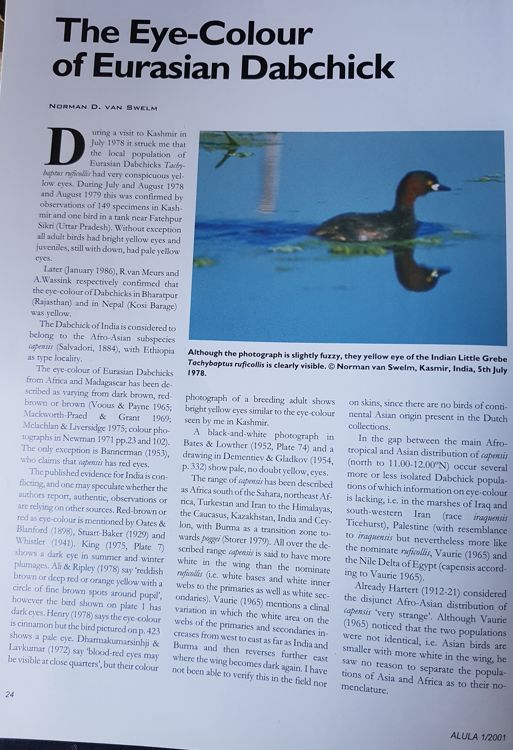
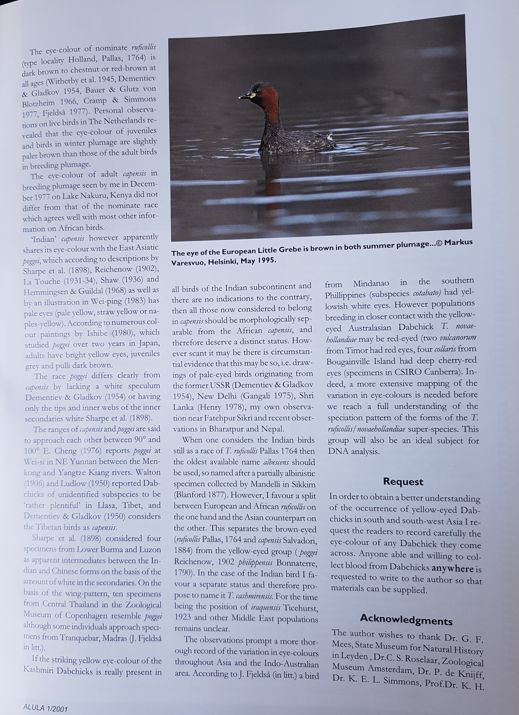
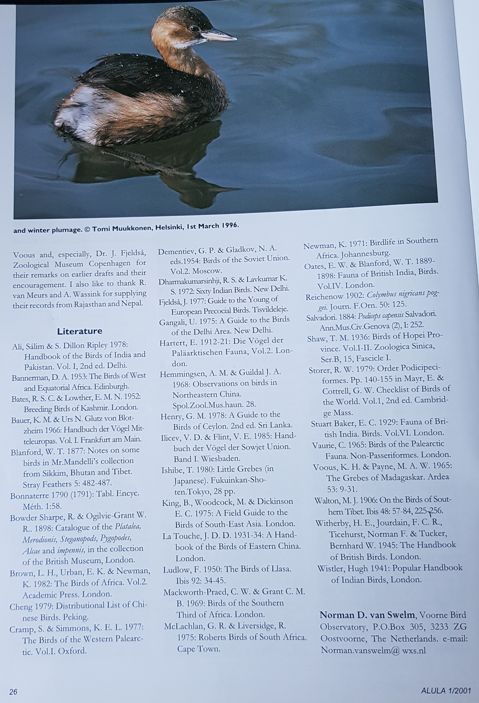
Indian Little Grebe (Tachybaptus Rufficollis Albescens)
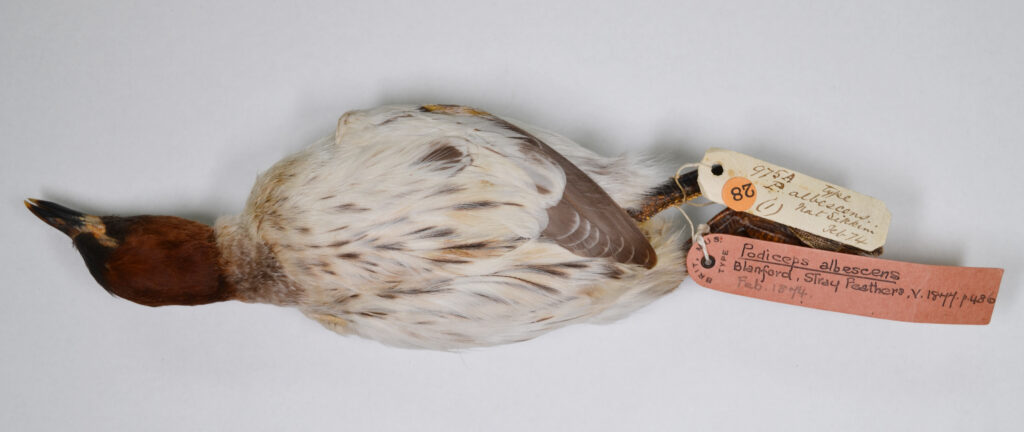
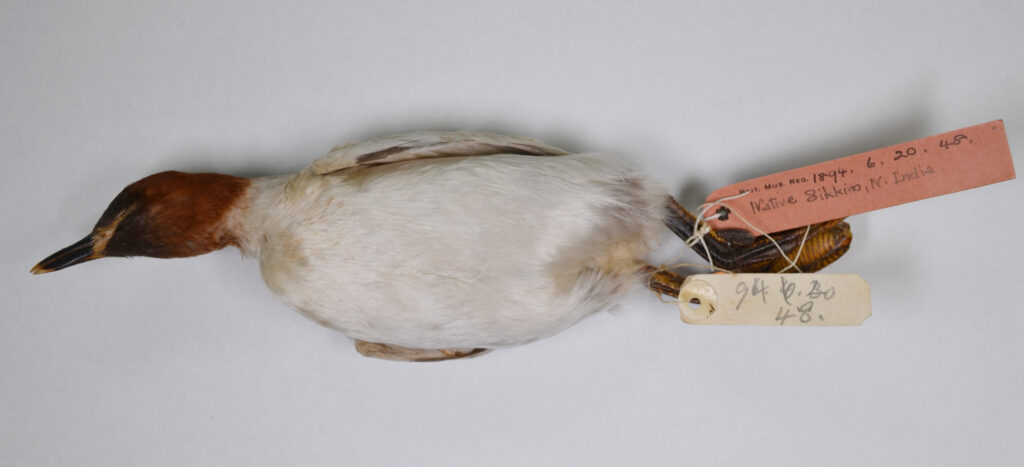
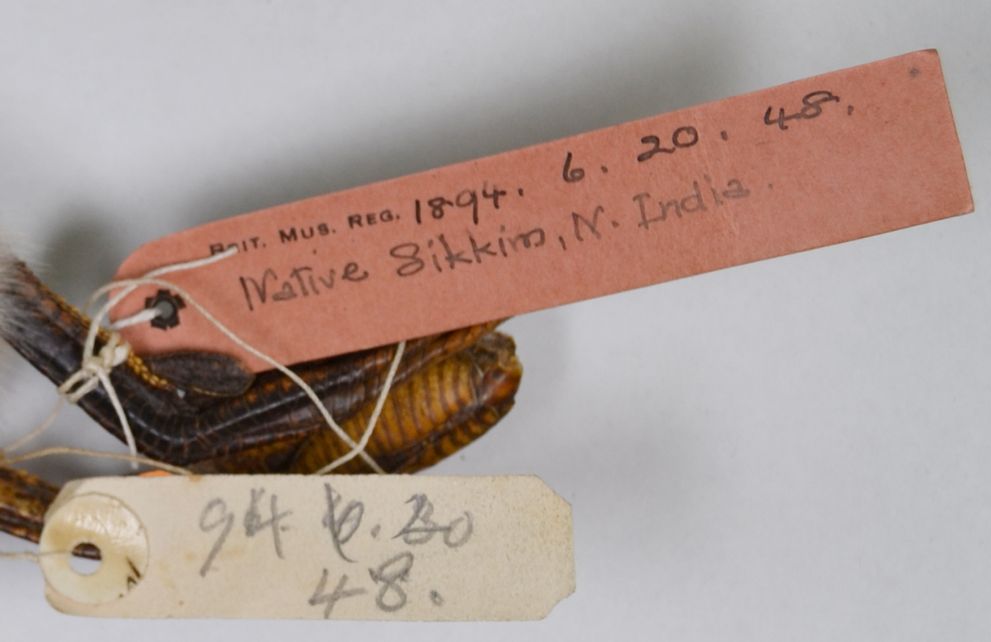
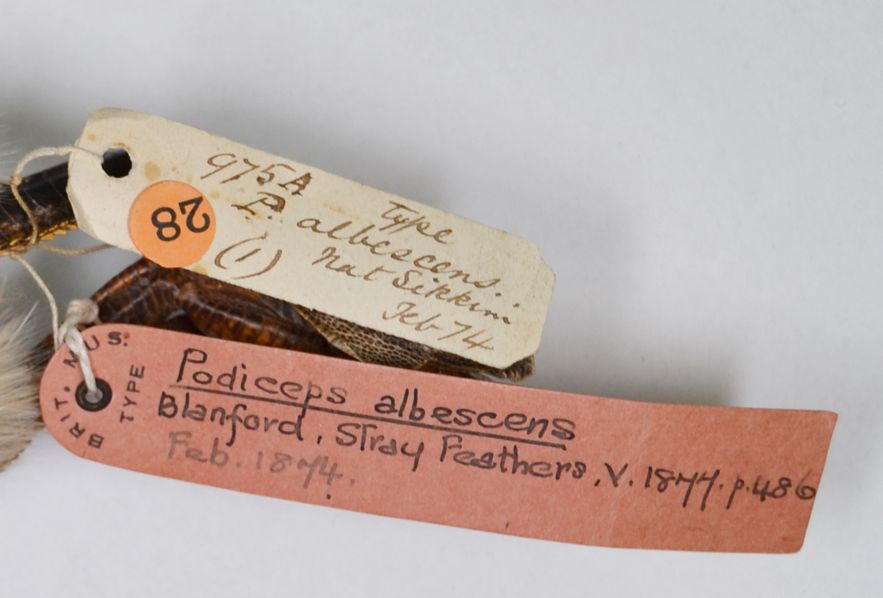
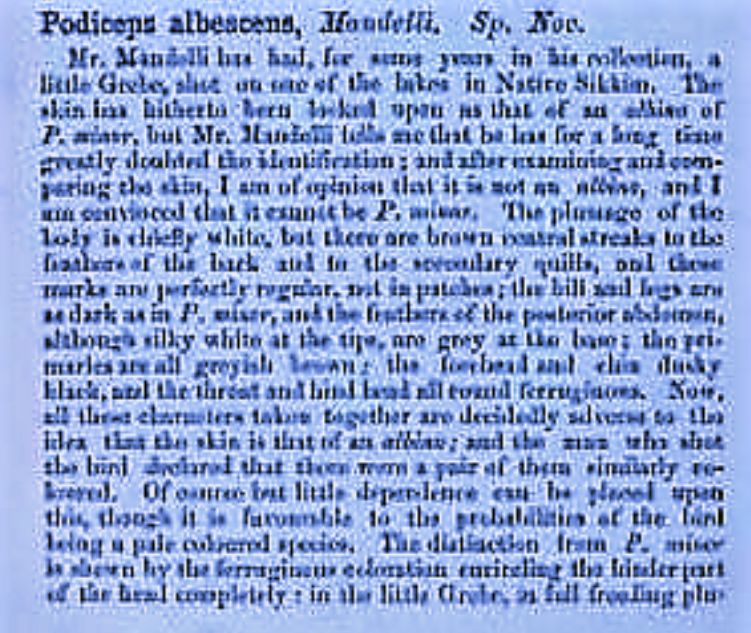
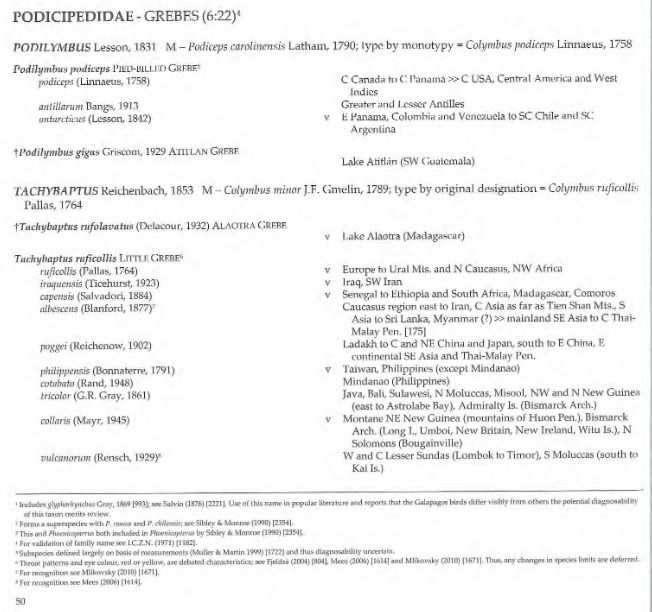
THE INDIAN DABCHICK OR LITTLE GREBE
The Indian Dabchick or Litte Grebe Tachybaptus ruficollis albescens has been named after an individual considered to be
partial leucistic. Alas a mistake as although the plumage is very pale, the bird is not leucistic! This Little Grebe was shot and
collected by Mandelli in Sikkim in February 1874. It was described by Blanford in Stray Feathers in 1877 and since 1891 included in the collection of the British Natural History Museum.
In: The dark side of birds: melanism- facts and fiction , Bull. B.O.C. 2017 137(1) Hein van Grouw, Senior Curator. Bird Group,
Dept.of Life Sciences, The Natural History History Museum,Tring,England. opens the debate on melanism, a phenomenon that occurs many more forms than previously assumed. Take f.i. T.r.albescens, although exceptional pale it is not because of leucism, instead, Van Grouw says, what we see is one of many forms of melanism.

1. type T.r.albescens upperside collected by Mandelli Jan,1874, Sikkim,_Blanford 1877_NHMUK 1894-6-20-48 (1)

2.-type-T.r.albescens-underside-collected-by-Mandelli-Jan1874-Sikkim_Blanford-1877_NHMUK-1894-6-20-48-1-1024×467
Melanism, from the Greek melanos (= dark-coloured), is generally defined as an increased amount of dark pigmentation (melanin). However, melanism does not necessarily reflect an increase of pigment but may be the result of a changed distribution in the same quantity of melanin with the same dark effect. Consequently, a better definition of melanism would be: a condition characterised by abnormal deposits of melanin in skin and feathers, as ‘abnormal deposit’ covers both a changed distribution and an increased amount. In general the appearance of a melanistic bird is dark, mostly blackish, but not always so. There are three ways melanism can affect birds’ plumage: (1) all of the plumage is darker and appears blackish (eumelanin ), dark brown (both melanins) or reddish brown (phaeomelanin); (2) normally dark markings are bolder and noticeably ‘overrun’ their typical boundaries (the rest of the plumage is often somewhat darker as well); and (3) normal feather pattern and pigment distribution is changed, but the plumage is not necessarily darker (and can even be paler). This third form
is unaffected, but the way it is distributed over the feathers is, resulting in wholly different markings and patterns and even in an overall paler appearance.
till 2001 when ‘The Eye-Colour of Eurasian Dabchick’ was published in Alula magazine the Little Grebes of the Indian subcontinent were included in the African/Asian Tachybaptus ruficollis capensis Salvadori, 1884.without any reference to the colour of their eyes. When I suggested to rename the Indian Dabchicks and give them the name cashmirencis instead, Dr G.f.Mees (1926 – 2013) however pointed at the available name albescens of the partially ‘leucistic’ individual shot by Mandelli in Sikkim in February 1874. Thanks to Hein van Grouw we now know that Mandelli’s bird was not partial leucistic but instead melanistic! One could argue there is reason for another name change.
In order not to forget what an Indian Dabchick or Little Grebe generally looks like I have the honour to present the excellent pictures taken by the well-known Indian nature photographer and ornithologist Jaysukh Parekh Suman, see:
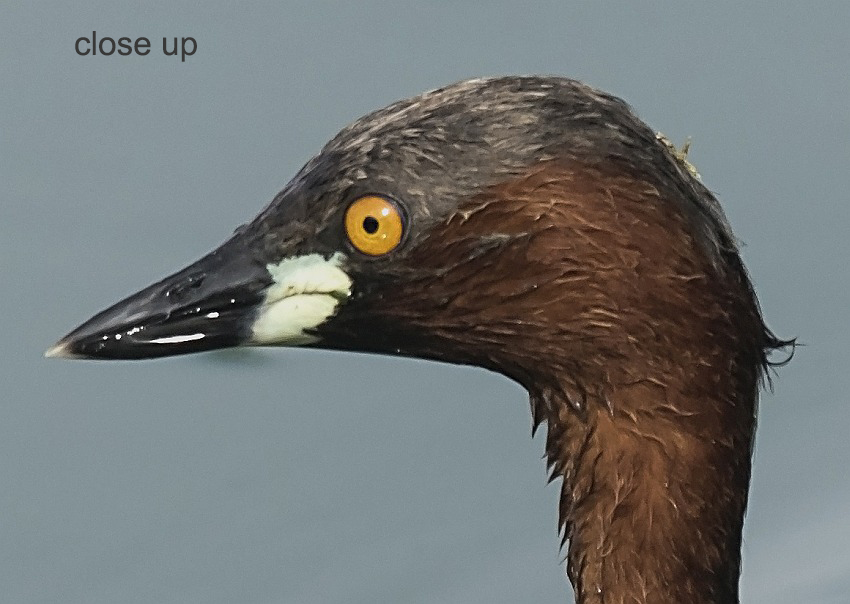
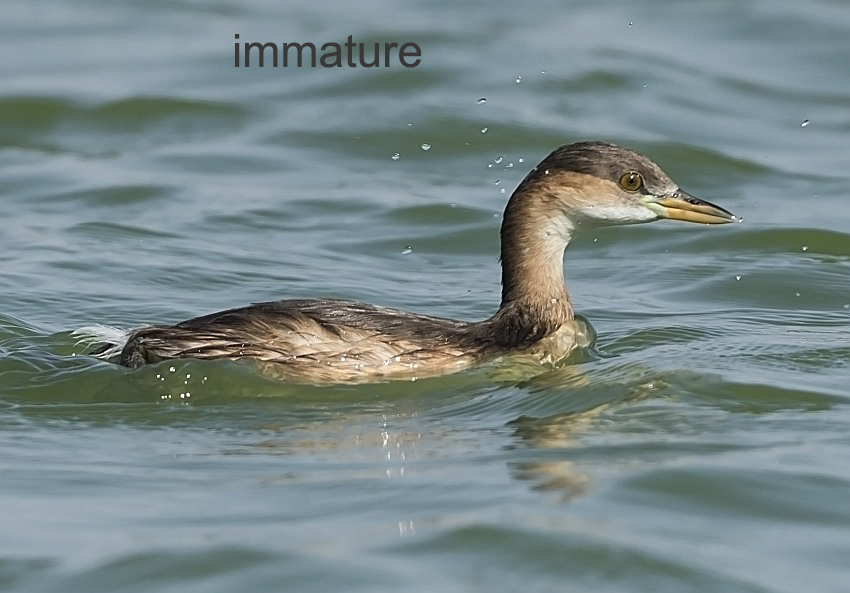
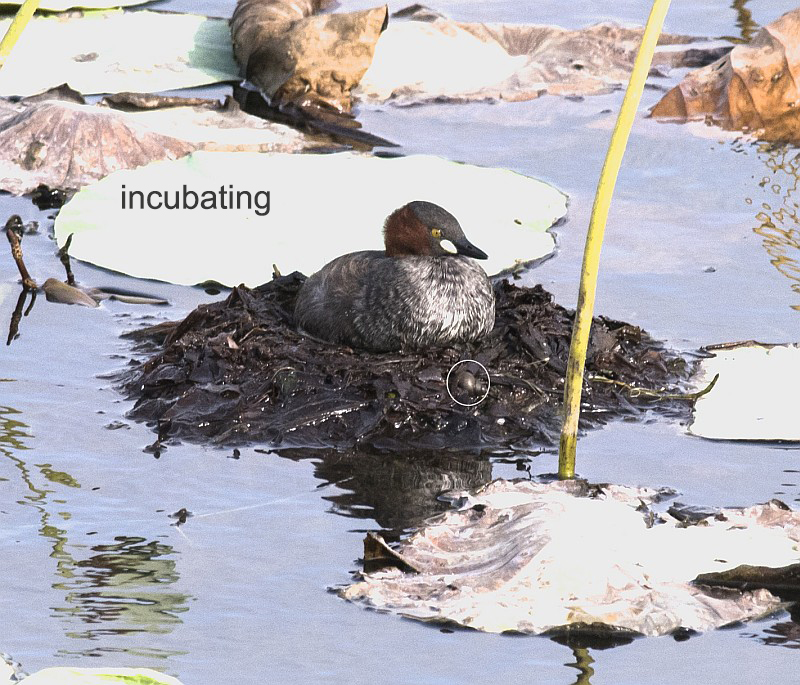
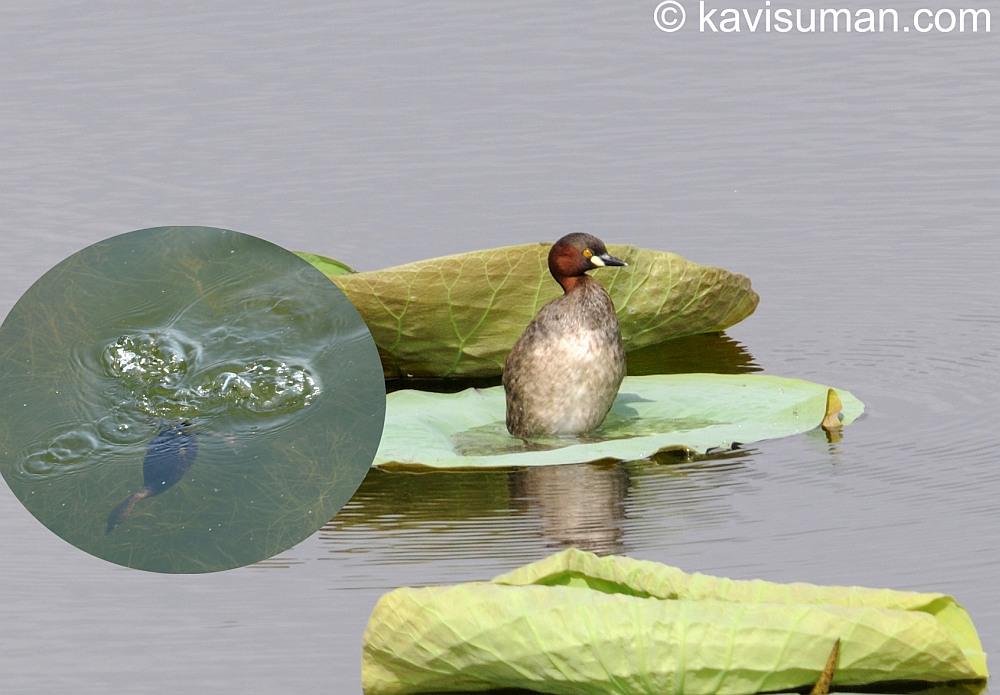
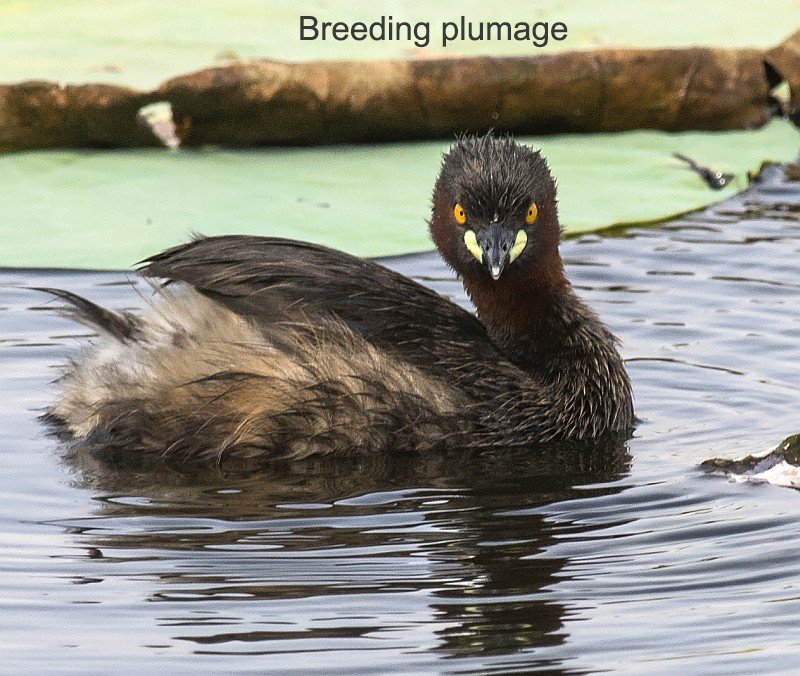
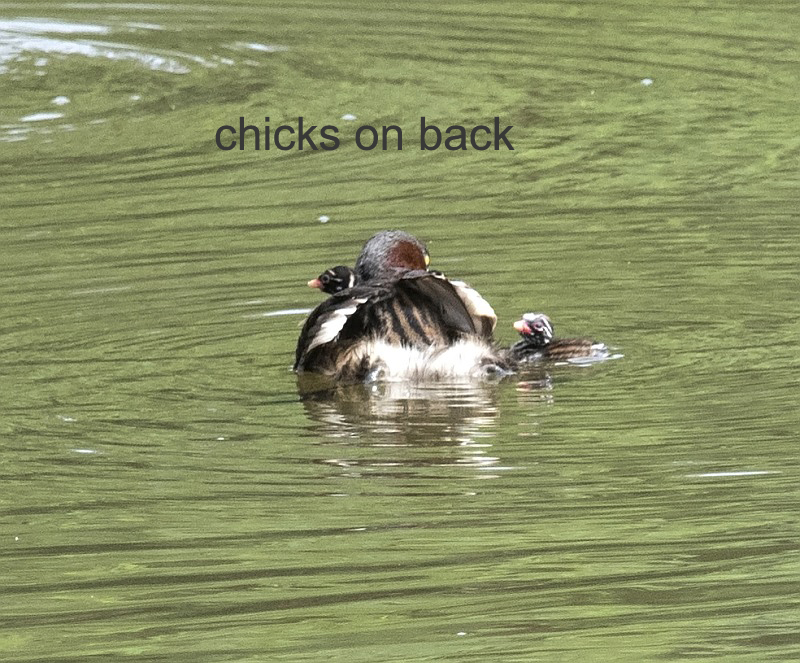
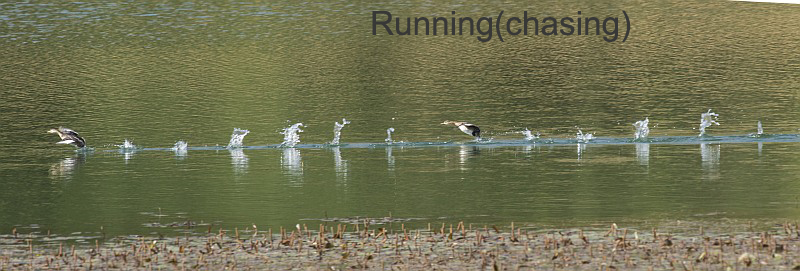
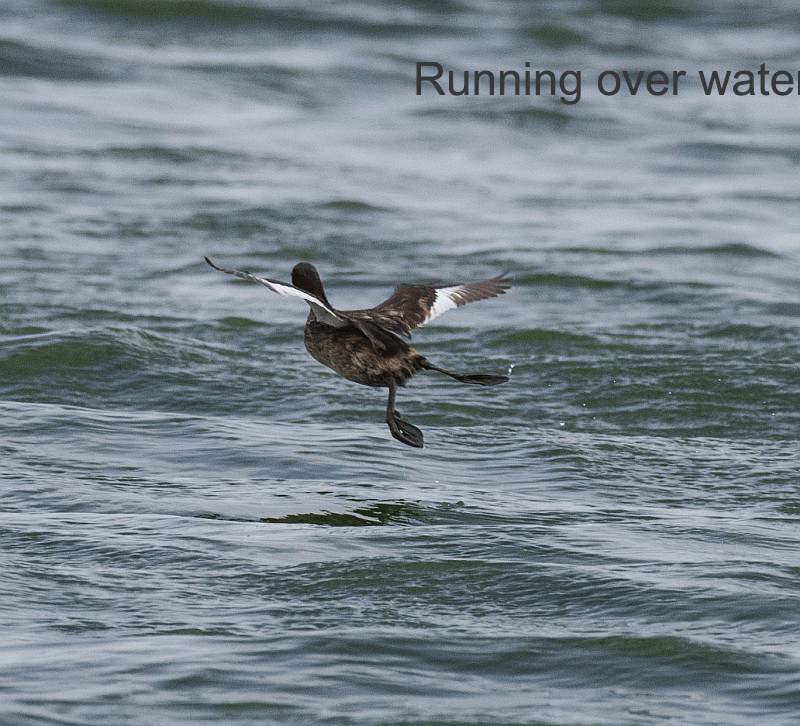
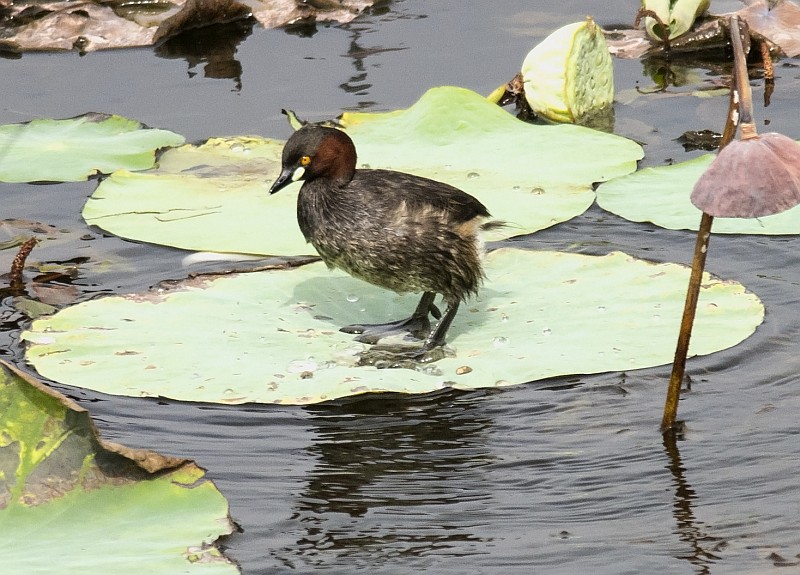
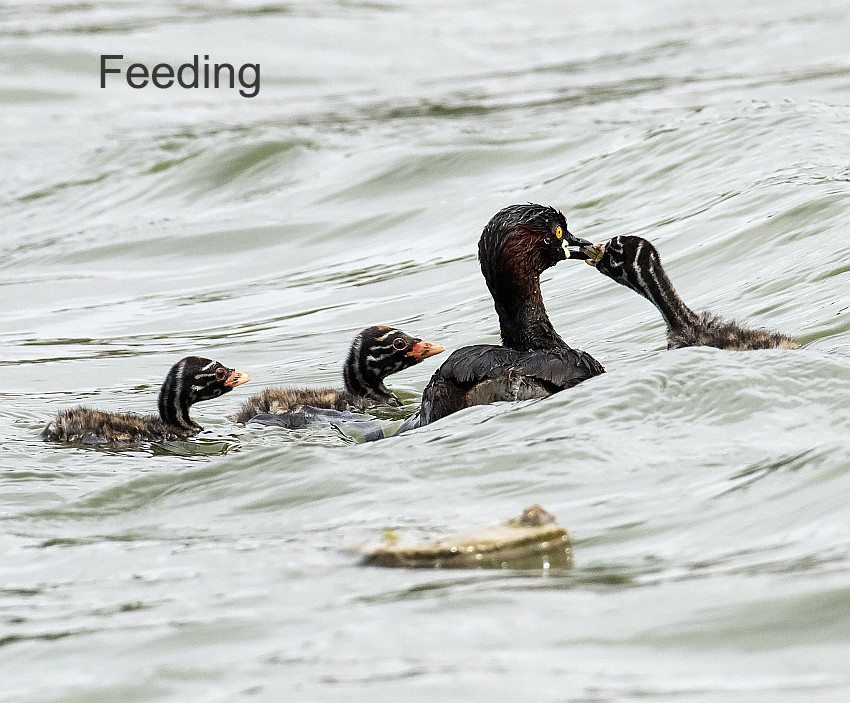
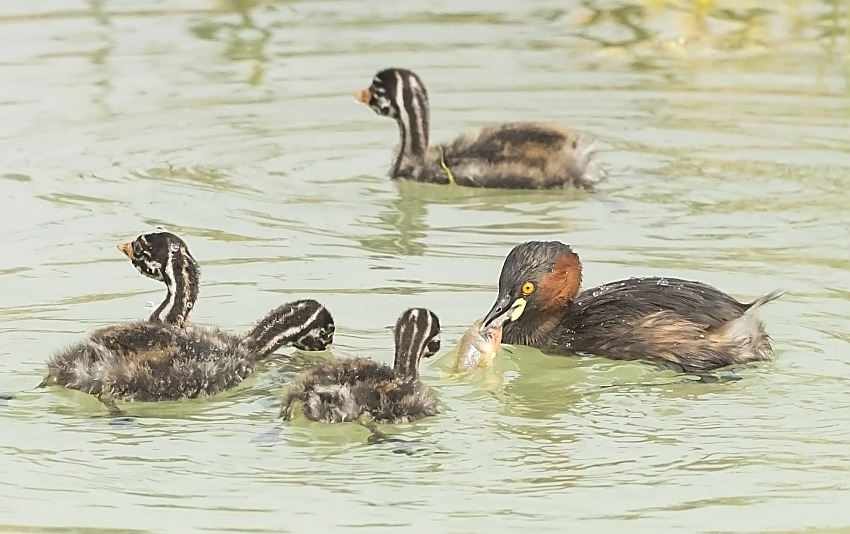
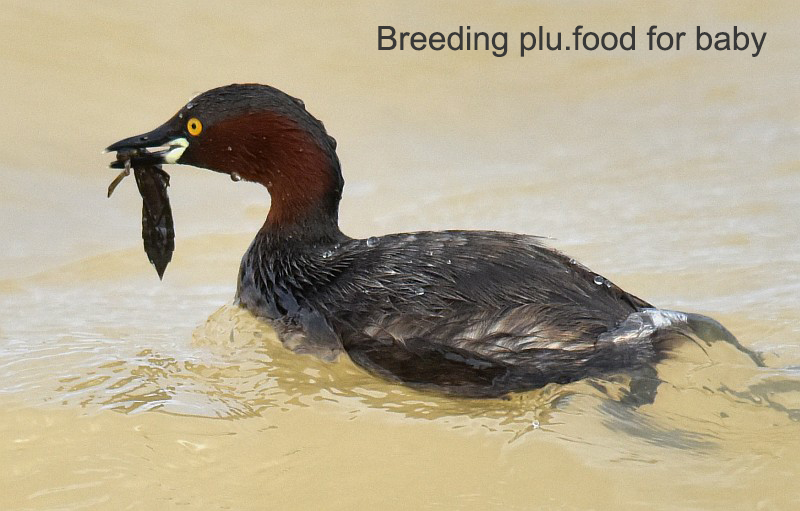
European Little Grebe or Dabchick
https://radioactiverobins.com/archive/grebes=futen/little%20grebe/little%20grebe.htm
